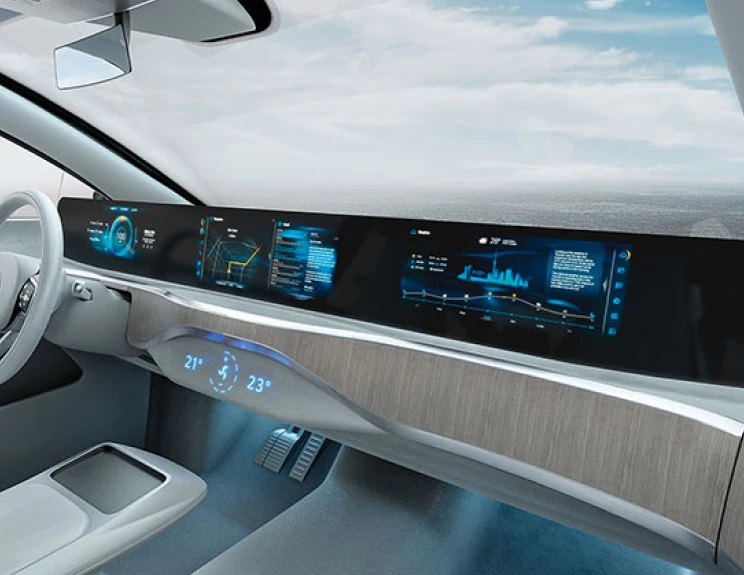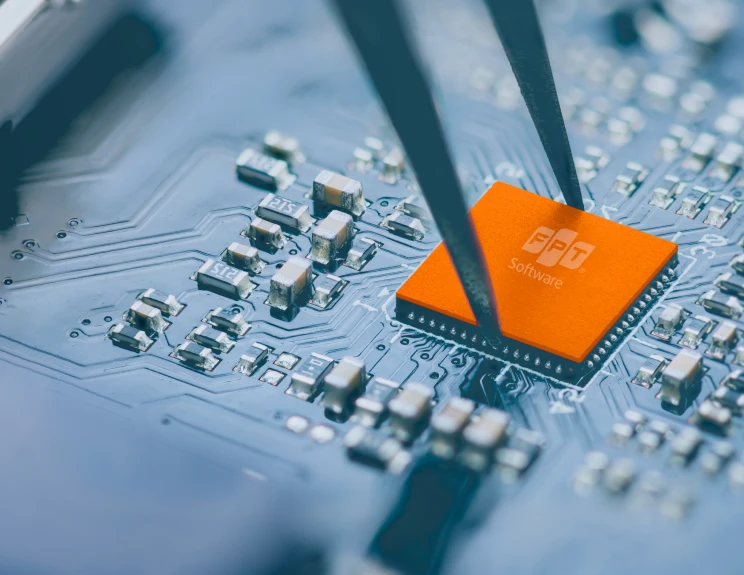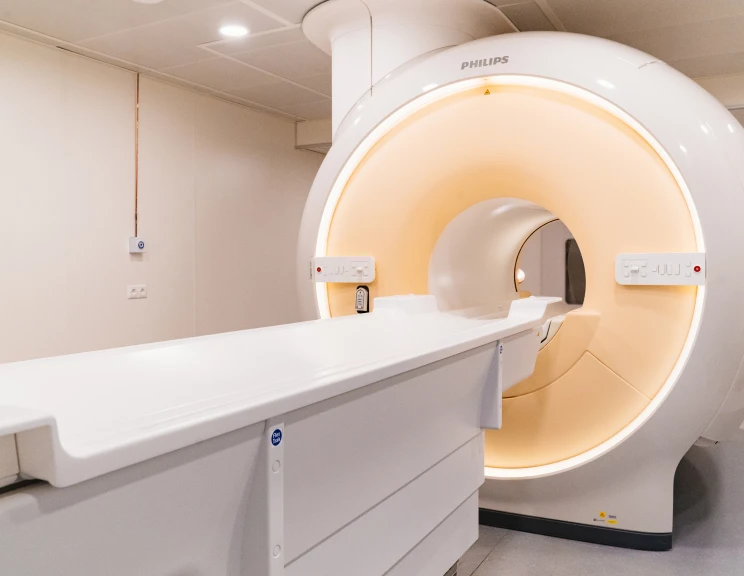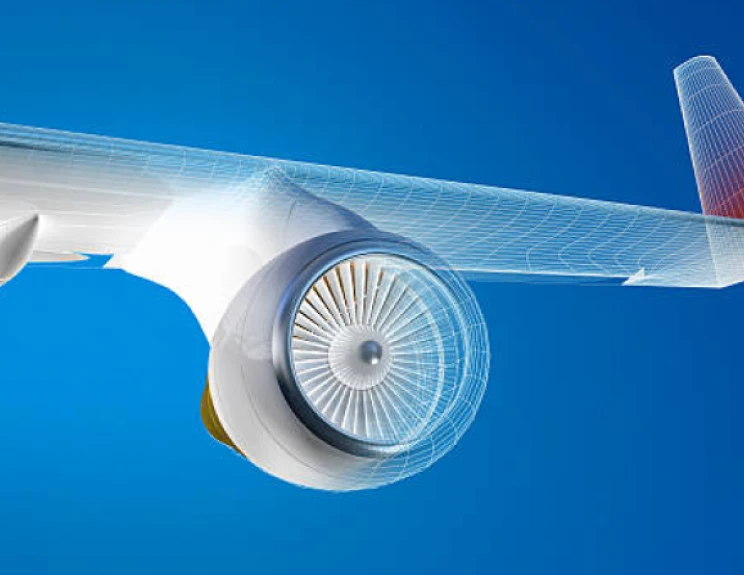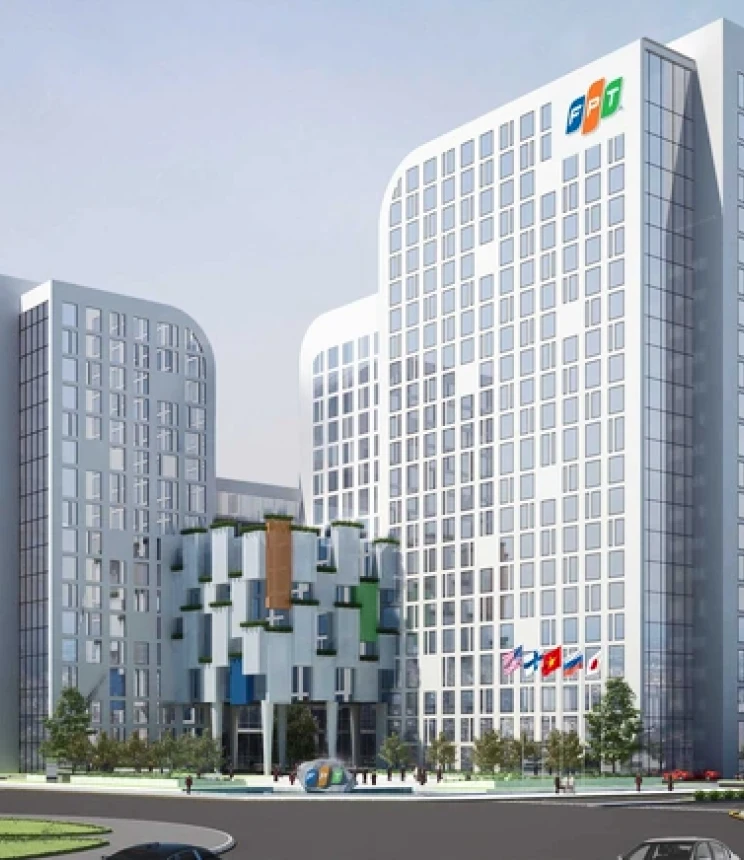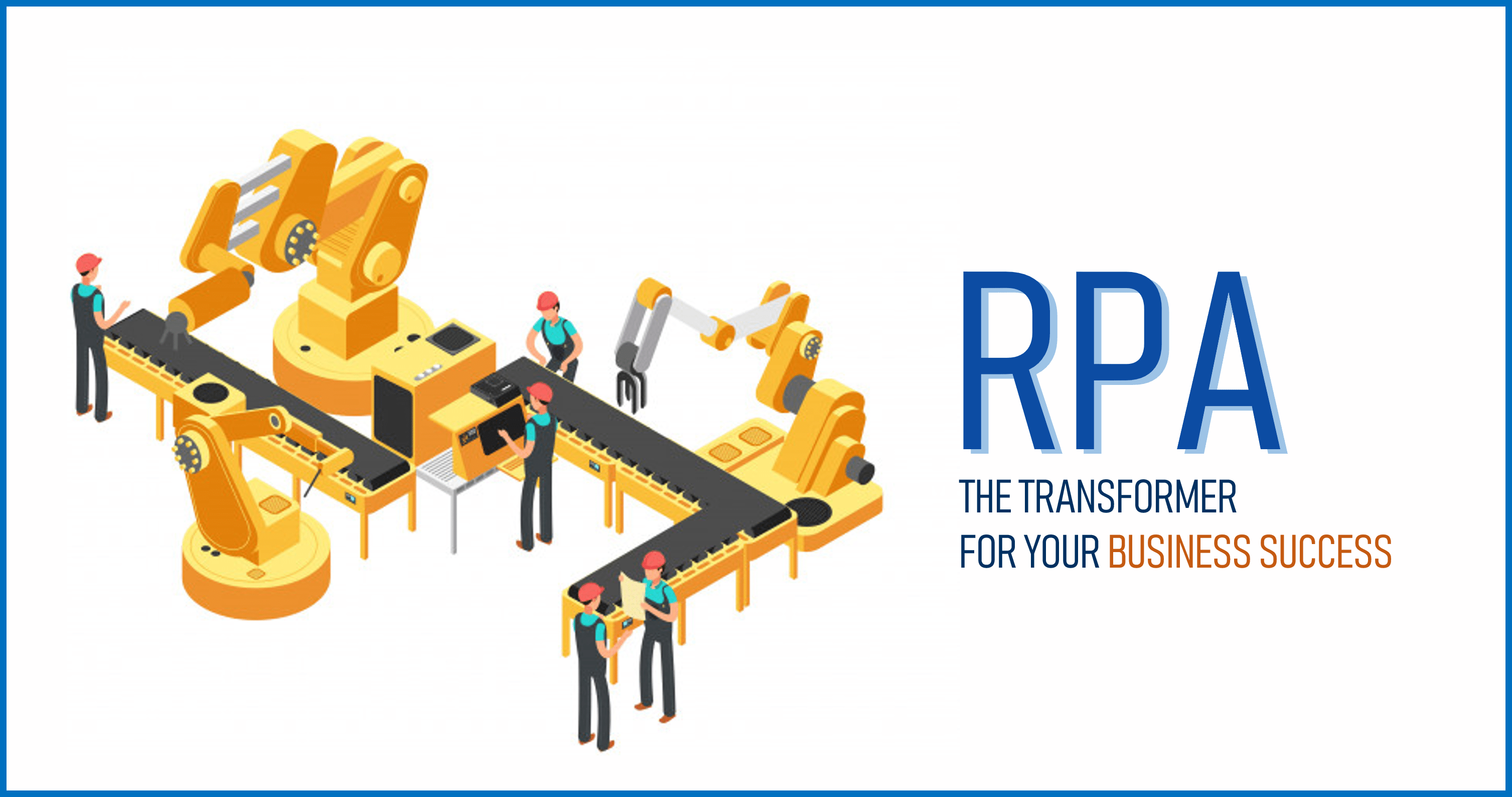
A large trading firm from Asia needed to reduce human efforts to the minimum without disrupting the current business process. They implemented an RPA solution and achieved 80% process automation.
A large trading firm from Asia needed to reduce human efforts to the minimum without disrupting the current business process. They implemented an RPA solution and achieved 80% process automation. The solution helped to automate the manual jobs, avoid intensive training as well as any hidden risks for any process changes. Within less than seven months, the trading firm achieved a return-on-investment with error rates reduced to 12%, manual effort reduced to 5% and customer satisfaction increased 60%. Now, are you wondering if RPA could be the key to your business’s digital transformation?
What is Robotic Process Automation (RPA)?
RPA is the process of automating business operations with the help of robots (not actual robots) to reduce human intervention hence increase productivity and save up cost. It is in fact a computer software which mimics the actions of human interacting within digital systems (or platforms) to operate business tasks.
By configuring software or a “robot”, a company can capture and interpret applications for processing a transaction, manipulating data, triggering responses with other digital systems. The application of RPA is widely ranged from sending automatic email to automating jobs in an ERP system.
What are the Benefits of RPA?
The biggest adopters of RPA today include banks, insurance companies, utilities and telecommunications companies. “Typically, these organizations struggle to knit together the different elements of their accounting and HR systems and are turning to RPA solutions to automate an existing manual task or process, or automate the functionality of legacy systems,” said Cathy Tornbohm, Vice President at Gartner. RPA can be applied to all sorts of rules-based process in a wide range of sectors, including process automation of office tasks, IT support, and assisted automation in customer service. Let’s discover its benefits.
An RPA software never sleeps nor takes leave, makes zero mistakes and costs a lot less than an employee. This becomes the most powerful benefit of RPA - the ability to reduce staffs. Deloitte LP has experience with implementing RPA, in which the bank redesigned its claims process by deploying 85 bots to run 13 processes and handling 1.5 million requests per year which was equivalent to over 200 full-time employees. (Read more: The 04-Question Strategy for Banks to Achieve RPA Success)
Risk of errors are also reduced as risk is significantly elevated with tedious tasks as humans tend to succumb to boredom and make silly mistakes. RPA can be used in these cases to replace humans and assign them tasks that are worthy of their time and effort. Machines do not get distracted!
RPA is also responsible for enhancing the commercial outcomes of the companies. RPA is programmed to follow rules and execute 24/7, thus performs a massive amount of operations in a timely manner with minimal costs. They can reduce processing costs by up to 80% and help enterprises to have a positive return on investment in short time.
Furthermore, RPA adoption requires no new IT infrastructure while other automation solutions do, which saves a huge cost and effort. Instead, RPA can leverage your existing systems, the same way a human employee can. RPA comes with its own set of Graphical User Interfaces – ones that are easier to use and need little technical expertise.
Automating tasks and workflows through RPA does not require coding or script writing. That means even complex processes can be transferred from human to machine with little effort. The faster these tasks and workflows can be automated, the sooner your organization will begin reaping the benefits. In other words, RPA delivers quick returns.
How does RPA Work?
It is emphasized that RPA does not replace humans with actual robots but computer software. RPA works with your existing applications and thus carries out structured processes automatically. Citrix, .NET, HTML, and Java are all technologies commonly supported by RPA. Compatible systems include Mainframe Terminals, SAP, Oracle, Blackline, and many more. No changes have to be made to existing systems – RPA does the job just like your employees do it.
Interested in RPA? Read more: How FPT helps your business successfully apply RPA
Below are examples of activities that RPA can carry out:

Want more information on the details of RPA? We’ve got it. Check out our service page on RPA to see if FPT could help you integrate this solution as an important component of your digital transformation toolkit: https://www.fpt-software.com/service/robotics/




